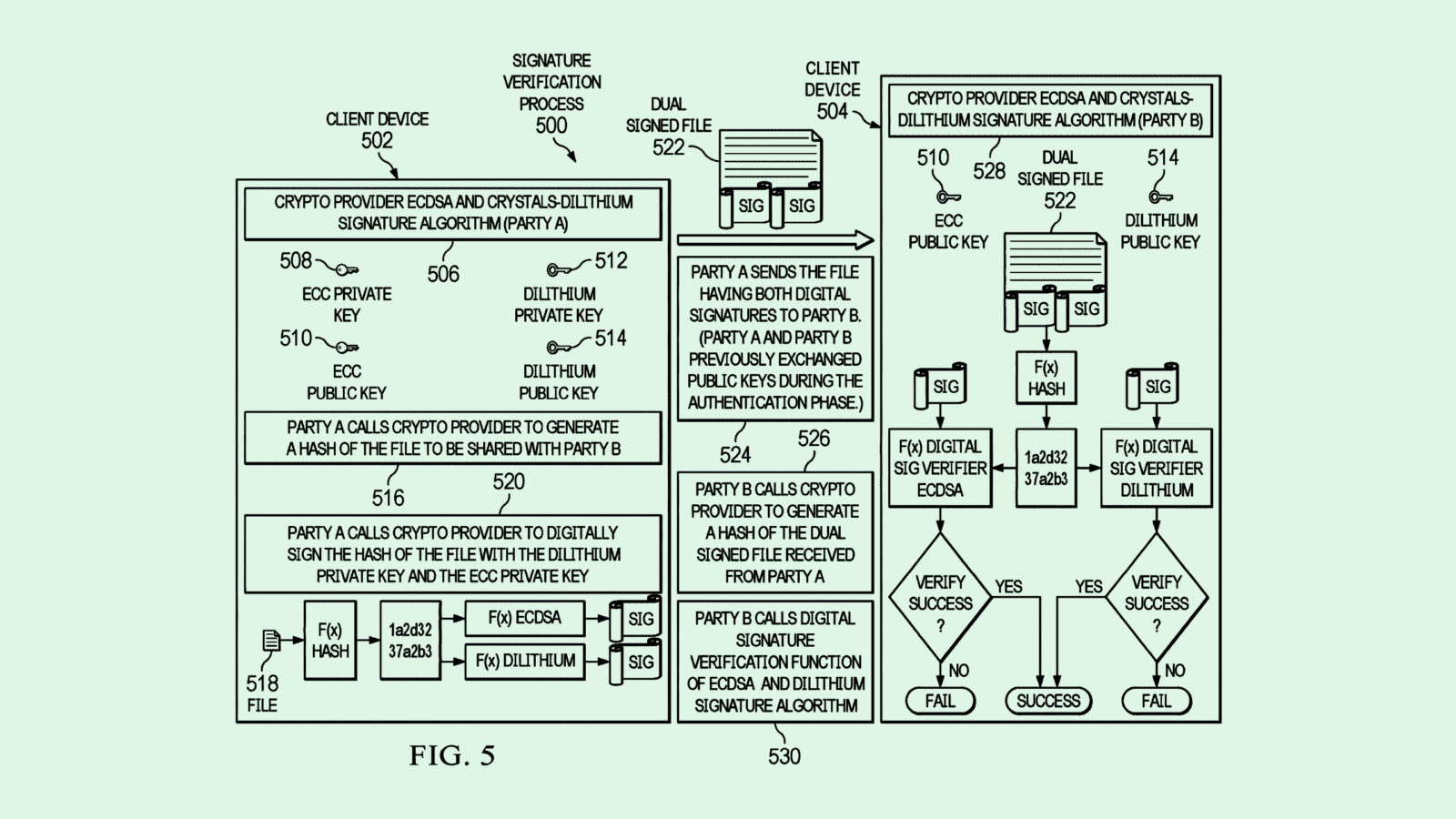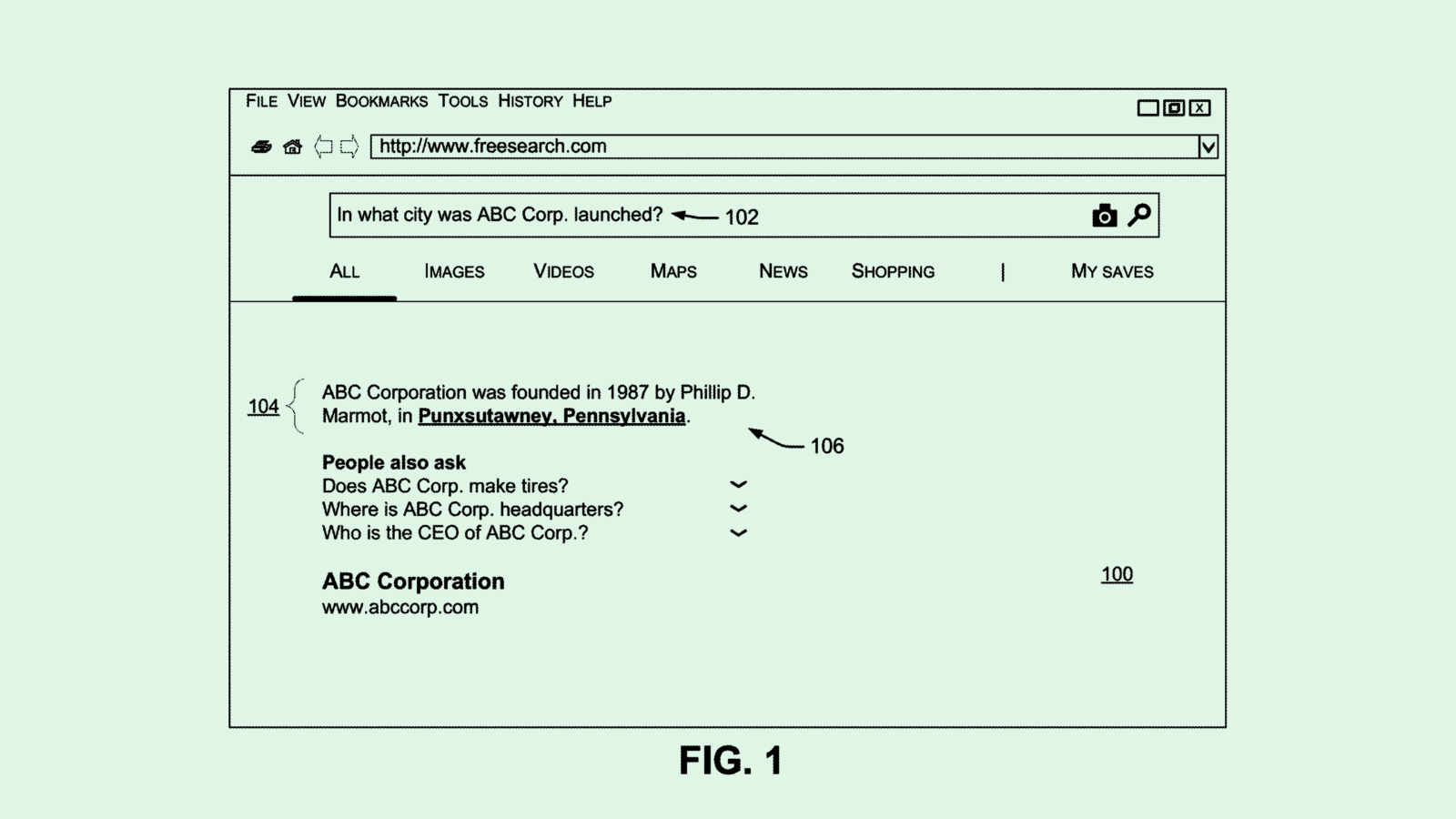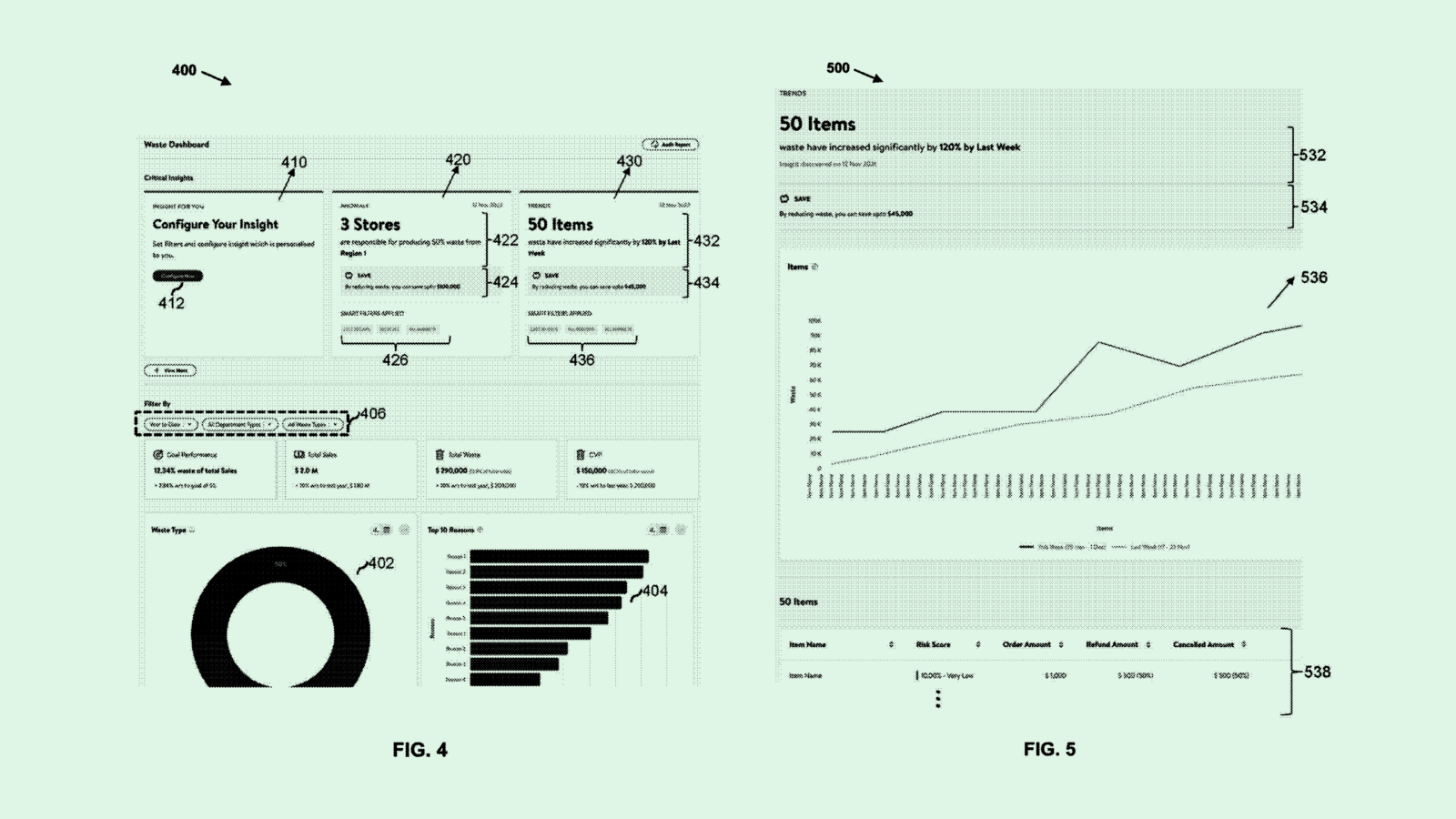Happy Thursday and welcome to Patent Drop!
IBM’s patent to make verbal contracts “quantum safe” highlights the potential threat that quantum computing may have to cybersecurity at large. Plus: Microsoft continues its AI productivity spree, and Walmart plays tech catch-up.
Let’s dive in.
IBM’s Quantum Guardrails
IBM wants verbal offers to hold more weight.
The company filed a patent for “digitally signed vocal contracts” with “quantum-safe cryptography.” It describes a system for automatically creating contracts from verbal agreements, and using advanced security approaches to make them tamper-resistant.
IBM’s tech addresses the threat that quantum computing poses to traditional cryptography. These devices can potentially perform incredibly complex calculations at a rapid pace, allowing them to easily crack private keys, or long, intricate passwords used in cryptographic schemes.
When two parties come to a verbal agreement, this system will record that conversation and generate a transcript of it, then all parties involved will verify it. The audio file will then be digitally signed by the participants to ensure its authenticity.
To make sure the files can’t be manipulated, IBM’s tech utilizes quantum-safe cryptography in its digital signature process, which is supposedly secure against “cryptanalytic attacks” by both quantum and classical computers. (A cryptanalytic attack specifically targets cryptographic systems.)
The goal of this system is to “generate a cryptographically validated immutable vocal contract from a verbal communication containing terms of agreement between the parties,” IBM noted in the filing.

Quantum computing is still in its early days. Many of these devices haven’t reached beyond a few thousand qubits, and face issues with stability. But the promises of quantum computing also present massive cybersecurity risks, especially as the tech continues to evolve, said Eric O’Neill, founder of NexaSure AI and The Georgetown Group.
When researchers eventually crack “quantum supremacy,” or are able to solve problems at rapid speeds that classical computers can’t, it threatens to “essentially break all current encryption,” said O’Neill.
And given the sheer amount of critical systems that rely on cryptography as a means of protection, quantum development stands to put a lot at risk, said Ashley Manraj, chief technology officer at Pvotal Technologies.
For example, he said, the tech theoretically has the potential to break the foundations of blockchain and crack into banking systems. Something that would take a classical computer billions of years “would instead be found in weeks if you have access to a powerful enough quantum computer,” said Manraj.
However, it may be possible to fight fire with fire, said O’Neill. Using the tech to create safeguards against itself could offer completely impenetrable and tamper-proof cybersecurity. “If quantum computers can break encryption, they can also encrypt in a way that other quantum computers can’t break,” he said.
IBM’s interest in setting up these guardrails makes sense: It’s one of the few organizations with a working quantum computer, and has made quantum safe security one of its selling points. “[IBM] is already developing quantum encryption and selling it so that companies get ahead of this,” said O’Neill. “The really smart ones are — or, the ones that can afford it.”
Microsoft’s Enterprise Companion
Microsoft has been on a mission to make AI your favorite co-worker. With its latest patents, it shows no signs of stopping.
The company filed two patent applications for enterprise AI integrations. First, the company is seeking to patent “customized recommendation generation using enterprise data analysis and inference.”
Microsoft’s tech essentially watches a user’s work and learns their favorite authors and collaborators to provide personalized suggestions. The system monitors the documents that a user accesses, creates, and interacts with, as well as all the contributors to said documents, giving each person a contribution score.
The system then creates an “authorship record” and adds it to a larger database, which is analyzed and fed to a trained machine learning model to create recommendations as to which users should collaborate on certain projects.
And in the spirit of watching you work, the company is also seeking to patent an “inter-document attention mechanism.” Microsoft’s tech uses a neural network for natural language processing to get a better understanding of documents to perform certain tasks.
This system would allow an AI model to glean more meaning from different words or phrases between multiple documents, such as how one phrase may influence or impact another. Microsoft’s tech uses this improved understanding for tasks such as analysis or responding to a query.

Much of Microsoft’s generative AI focus has been on productivity. Alongside packing its cloud services offerings with AI, the company dove in head-first on Copilot, its AI work companion, since its debut last March.
AI adoption in enterprise settings hinges on boosting productivity across roles, functions and industries, said Tejas Dessai, research analyst at Global X ETFs, such as to “streamline workflows, automate repetitive tasks, improve communication, and support creative functions.”
“With its broad product portfolio, Microsoft is uniquely positioned to develop and launch solutions that address a wide range of these needs,” Dessai said.
Even before AI swept the market, the company’s suite of office software, Microsoft 365, represented a large part of its business, said Cornelio Ash, equity analyst at William O’Neil. As it stands, Microsoft 365 has an estimated 350 million users, Ash noted.
With Copilot costing around $20 per month, enticing even half of those users to adopt the AI companion stands to bring in a massive payday. “I’d like to believe it’s going to happen, it’s just at what speed [Microsoft] can get to those numbers,” said Ash.
While AI has massive potential to boost productivity and efficiency in enterprise scenarios, these models still pose risks. For one, generative AI models still face data security issues — they tend to release their training data if prodded in just the wrong way. These models also have the propensity to go off the rails through hallucinations or bias.
So despite tech firms’ excitement, it’s best to proceed with caution. “In the best scenario, it’s going to be an assistant,” said Ash. “You’re still going to need someone knowledgeable in security that’s going to be able to interpret the data. You can’t just have the output go directly to the market without some sort of verification.”
Walmart’s AI Overhaul
Walmart’s tech spree continues.
The retailer is seeking to patent a system for “automatically generating and presenting insight data” in a natural language format. As the title of this patent implies, this tech would put AI’s best qualities to work, drawing meaningful insights from large chunks of data.
“In general, original data collected for learning or decision-making has a huge size and is not organized in a way to provide insights to users,” Walmart said in the filing.
After receiving a large dataset, this system will apply filters to the data focusing on specific information, splitting them into different “data records.” Each of those records is associated with different “insight dimensions,” or categories of information. Those records are then fed to a reinforcement learning model to determine which are the most useful and valuable.
Once the most insightful data from the set is sifted out, Walmart’s tech uses a natural language model to translate it into something that can be put to use, displaying both charts and written insights via “business dashboards.”
Walmart noted that these dashboards can include “multiple filter combinations that enable a user to focus on specific parts of data,” covering topics like chatbot analytics, ad performance, fraud and loss prevention, and more.

As the tech industry continues its AI frenzy, Walmart has tried to keep up. The company’s patent activity is filled with AI-based innovations, including machine learning development frameworks, recommendation engines, and churn prediction tech.
On the customer side, the company last week announced plans to scale its AI efforts, including new customer service chatbots, AI content and product prediction tools, and an AR platform called Retina for online shopping that leverages AI to automatically generate 3D assets of products.
“A standard search bar is no longer the fastest path to purchase, rather we must use technology to adapt to customers’ individual preferences and needs,” Suresh Kumar, Walmart’s global chief technology officer and chief development officer, said in a statement.
But Walmart’s tech overhaul is likely spurred by more than the tech industry’s broader AI push. Its innovations may aim to level the playing field with one competitor in particular: Amazon. The e-commerce giant released its own AI shopping assistant, Rufus, earlier this year, and has been building AI through AWS alongside other tech giants.
And while the retailer can’t compete with Amazon’s cloud services dominance, it’s aimed to be self-sufficient in building its own servers, reducing its reliance on tech firms’ cloud offerings in recent years.
Extra Drops
- JPMorgan Chase may be taking on the Michelin Guide. The financial institution filed a patent application for “artificial intelligence-based generation of travel and dining reviews.”
- Meta wants to know your surroundings. The tech firm is seeking to patent “combined eye and environment sensing for a head-mounted device.”
- Sony wants to overcome language barriers. The company filed a patent application for “translation of sign language in a virtual environment.”
What Else is New?
- Apple’s Chief People Officer Carol Surface is leaving the company after less than two years, according to Bloomberg.
- TSMC beat profit expectations in its quarterly earnings, up 54% percent year-over-year.
- Learn AI in 5 Minutes a Day. AI Tool Report is one of the fastest-growing and most respected newsletters in the world, with over 550,000 readers from companies like OpenAI, Nvidia, Meta, Microsoft, and more. Their research team spends hundreds of hours a week summarizing the latest news, and finding you the best opportunities to save time and earn more using AI. Sign up with 1-Click.*
* Partner
Patent Drop is written by Nat Rubio-Licht. You can find them on Twitter @natrubio__.
Patent Drop is a publication of The Daily Upside. For any questions or comments, feel free to contact us at patentdrop@thedailyupside.com.
